2024 Hyundai Creta vs Kia Seltos: Clash of the Koreans
The Creta and Seltos share the same recipe, but which one is the more delectable option for prospective buyers? We pit the updated iterations of the Korean siblings against each other to find out.
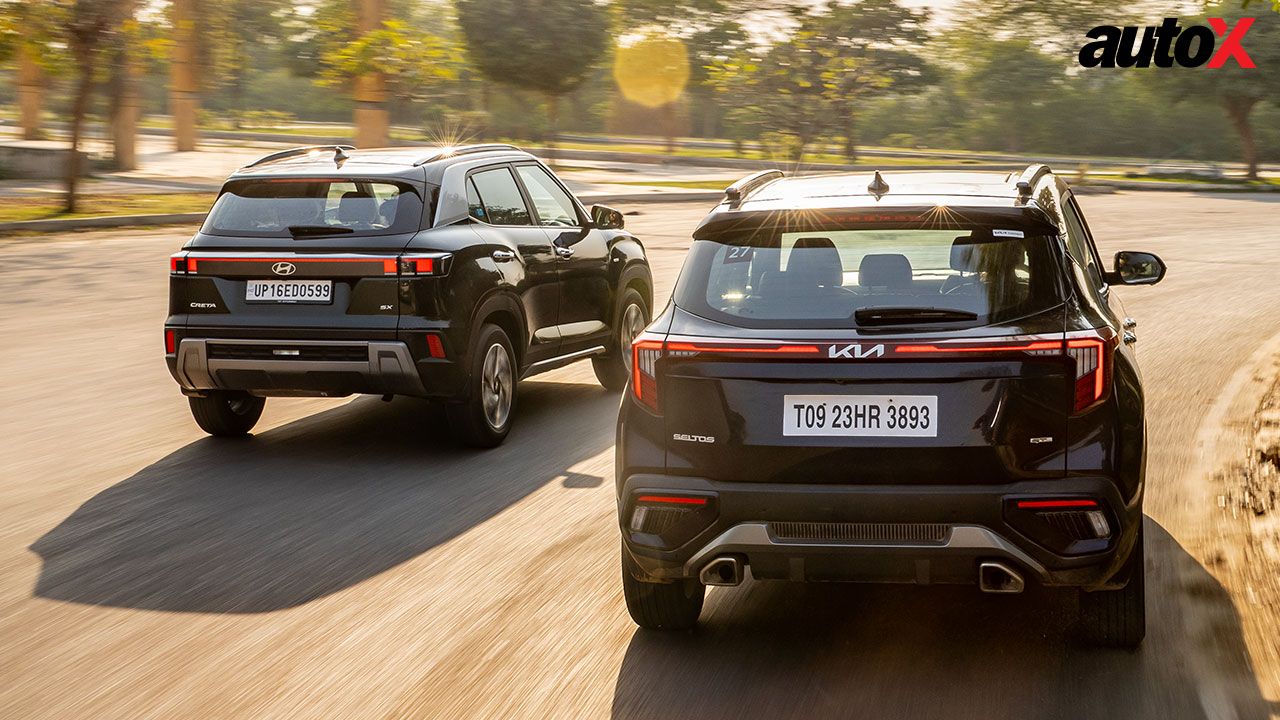
In 2015, Hyundai brought the Creta into the Indian market. It has since turned into an unbeatable winner, a household name, and the default choice in the mid-size SUV space. With over 10 lakh units sold in eight-and-a-half years, the Creta continues to reign at the top. In fact, if Hyundai is to be believed, the company sells a Creta every 5 minutes in India!
Yet, as they say, getting to the top is challenging, but staying there is even more so. And the Creta is no exception. However, while many rivals have come and gone, the Creta continues to rule the roost even today. And to crush the competition even harder, Hyundai has just given the Creta a thorough makeover for 2024.
Hyundai Creta vs Kia Seltos: Family Feud
While the Creta is the undisputed champion in terms of outright sales, it has a rival that can match it pound-for-pound in all areas. Interestingly, this threat comes from within the family in the form of the Kia Seltos, the next best thing in the segment.
The Seltos and Creta are cut from the same cloth – they share the same underpinnings, offer the same engine options, and get more or less the same equipment. However, unlike other cross-badged rivals (VW Taigun & Skoda Kushaq or Maruti Suzuki Grand Vitara & Toyota Hyryder), these two Korean cousins don’t offer identical driving experiences. And things seem to have changed even more with both the Creta and Seltos getting major updates recently. Or, have they? We decided to pit these two against each other to find out.
Hyundai Creta vs Kia Seltos: Design

Not many ‘facelifts’ live up to the name, but the new Creta certainly does, for it has received comprehensive cosmetic surgery, which has resulted in a completely new face. Compared to the unconventional and alien-like front end of the outgoing model, the refreshed version gets a more squared-off front end, which exudes a more conventional yet contemporary feel. The side profile remains unchanged – the only new addition is the redesigned 17-inch alloys. At the back, the updates are quite thorough, featuring a seamless light bar, which adds a touch of sophistication, although it seems to bear some resemblance with the Maruti Suzuki Fronx. Overall, the new Creta’s design seems fresh, and it is likely to appeal to a wider audience now. I also love the new dark green metallic paint, for it looks simply stunning on a bright day.
While the Creta may be good-looking, it’s not as much of a stunner as the Seltos. Park both vehicles side by side, and the Seltos undeniably commands more attention, thanks to its more aggressive design language. Also, despite having an identical wheelbase (2,610mm), the Seltos is marginally wider, taller, and longer, which makes it look a size bigger. Not to mention, the top-trim GTX+ / X-Line variant comes with larger 18-inch alloys, further enhancing its visual appeal. In terms of aesthetics, the Kia undeniably takes the cake.
Hyundai Creta vs Kia Seltos: Engine & Gearbox Options
The Creta and Seltos are powered by identical powertrains across different trims, which include 1.5-litre NA petrol, diesel, and turbo-petrol engines. The only difference lies in terms of transmission options in diesel and turbo-petrol versions – the Creta gets a 6-speed manual unit, while the Setlos gets a 6-speed iMT (clutch-pedal-less manual). The common options include a DCT (turbo-petrol), a torque converter (diesel), and a CVT and MT (NA petrol). On this occasion, we tested both the 1.5 NA CVT and 1.5 turbo-petrol DCT versions.

The 1.5NA petrol unit, producing 113bhp and 144Nm, is the mainstay of the petrol range for both the Seltos and the Creta. This powertrain is silky smooth, adequately powerful, and effortless for daily driving. Although, it tends to lose steam at high rpm. The turbocharged petrol unit, in comparison, is a beast. With 158bhp and 253Nm on offer, it’s a brisk performer, with a strong mid-range and an even stronger top-end. Paired with a quick-shifting DCT gearbox, it’s a lot livelier in terms of outright performance. The NVH levels are exemplary, too. However, there are a couple of deal-breakers. Firstly, it’s quite thirsty – it returned around 9km/l as opposed to 11km/l of the NA version during the test. And secondly, the turbo petrol versions command a hefty premium over the NA version. Overall, there’s no clear winner in this department, as both the Kia and Hyundai are identical on virtually all parameters.
Hyundai Creta vs Kia Seltos: Features, Equipment, and Space
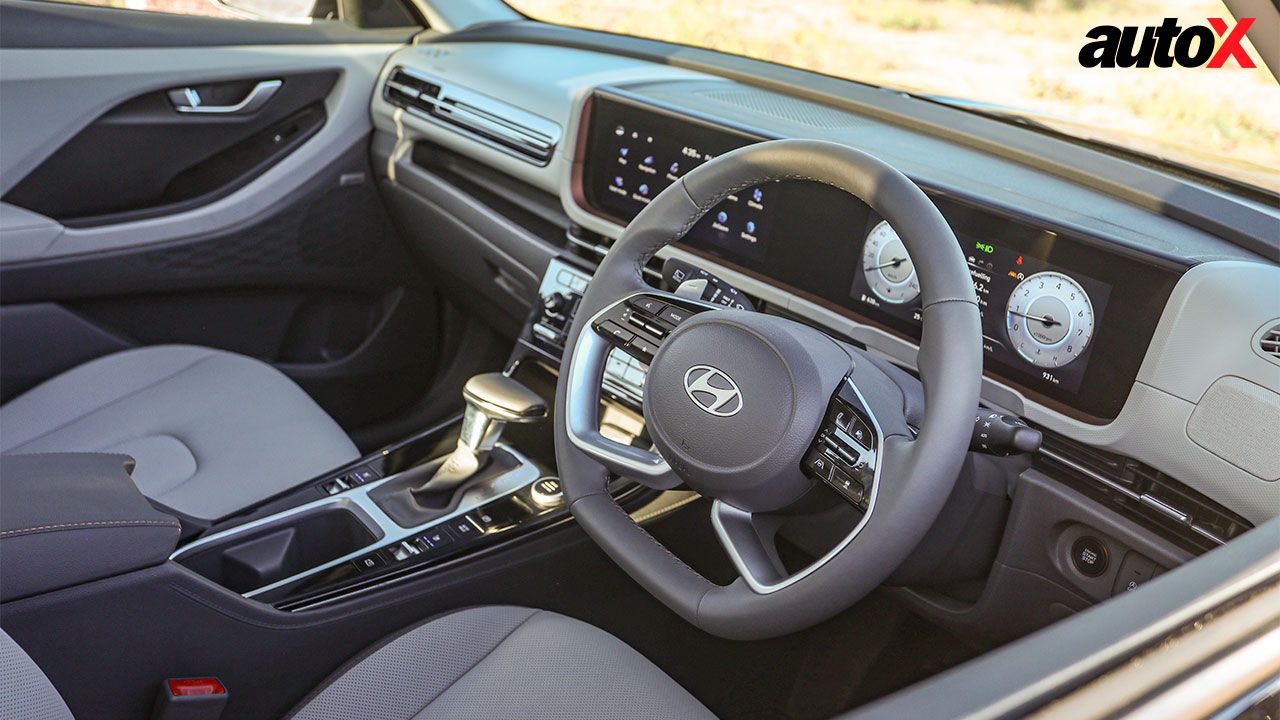
Here, too, the story is more or less similar. Both the Kia and Hyundai are well kitted-out in their top-spec trims, featuring dual screens, dual-zone air-conditioning, a panoramic sunroof, ventilated seats, a Level 2 ADAS suite, an electrically-adjustable driver seat, an electric parking brake, an 8-speaker Bose sound system, a 360-degree camera, six airbags (standard across the range), all-disc brakes, and so on. The Seltos, however, does get some extra goodies, like a head-up display in X-Line trim and rain-sensing wipers.
In terms of space, both are identical; however, the Creta feels more premium, spacious, and accommodating at the back, thanks to its slightly more upright seating and cushiony head pillows. That said, it doesn’t get a headrest for the middle passenger, which is offered in the Seltos.
What’s more, the Seltos gets as many as five upholstery options across different trims, while the Creta is offered with only one – light grey/white with copper accents. What’s common between the two is the quality levels, which are easily the best in the segment. However, if you ask me, I would lean towards the Seltos, given its stylish appeal. The Creta’s cabin, however, is more practical, with huge and easy-access buttons.
Hyundai Creta vs Kia Seltos: Ride & Handling
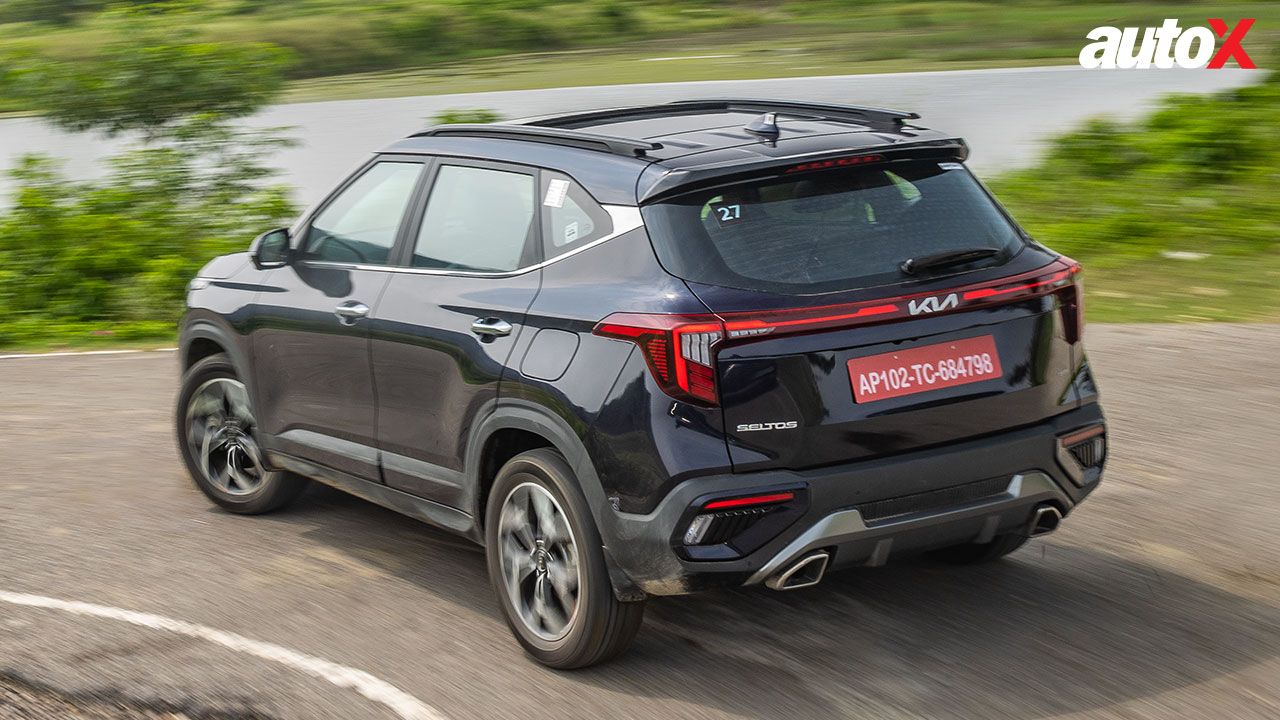
In terms of ride quality and overall comfort, the Creta takes the win. This aspect marks the most significant difference between the two. While the Creta’s suspension is soft and tuned for comfort, the Seltos’ stiffer setup and bigger wheels result in a less-than-perfect ride quality. The Creta’s suspension effortlessly absorbs rough surfaces, whereas the Seltos tends to exhibit a jittery ride on the same road.
Conversely, the Seltos is a relatively sharper handler and feels more confident around bends. The Creta, on the other hand, continues to be a neutral handler. If you want a more engaging driving experience, you should be looking elsewhere – especially in the VW camp (Taigun/Kushaq). Or else, you could go for the Creta N Line, which is also out now.
Verdict

Come to think of it, it’s quite easy to make a choice here – if you want a sporty and premium SUV, the Seltos is the one for you, but if you want an all-rounder, go for the Creta.
But, which one’s more appealing to the general public? Well, it has to be the Creta. And that’s mainly because of Hyundai’s clever sales strategy and product positioning. You see, if you compare the top-end DCT-turbo variants, the Seltos stands out as the more feature-loaded and better-value proposition. However, go down in the variant food chain, and you’ll realise that the Creta offers more bang for your buck, along with a lot more choices to the buyers. For instance, the top-end SX (O) variant of the Creta is available with every engine and transmission option, whereas, in the Seltos, the top-spec GTX+ / X-Line variants are reserved for the turbo-DCT and diesel-AT versions, meaning you can’t get all the goodies all the time.
It is quite apparent, then, that it’s the Creta that well and truly covers all the bases for the target audience across different demographics in India. And that’s precisely why the Creta will continue to be the king of the hill and the default choice for buyers in this segment.
Engine: 1,482cc/ Inline-4/ Turbocharged
Fuel: Petrol
Transmission: 7-speed DCT/Front-Wheel Drive
Power: 158BHP @ 5,550RPM
Torque: 253Nm @ 1,500-3,000RPM
Price: ₹10.90-20.30 Lakhs (Ex-Showroom)
X-Factor: It has the right mix of premium features and sporty drive quality.
|
Pros • Features • Handling |
Cons |
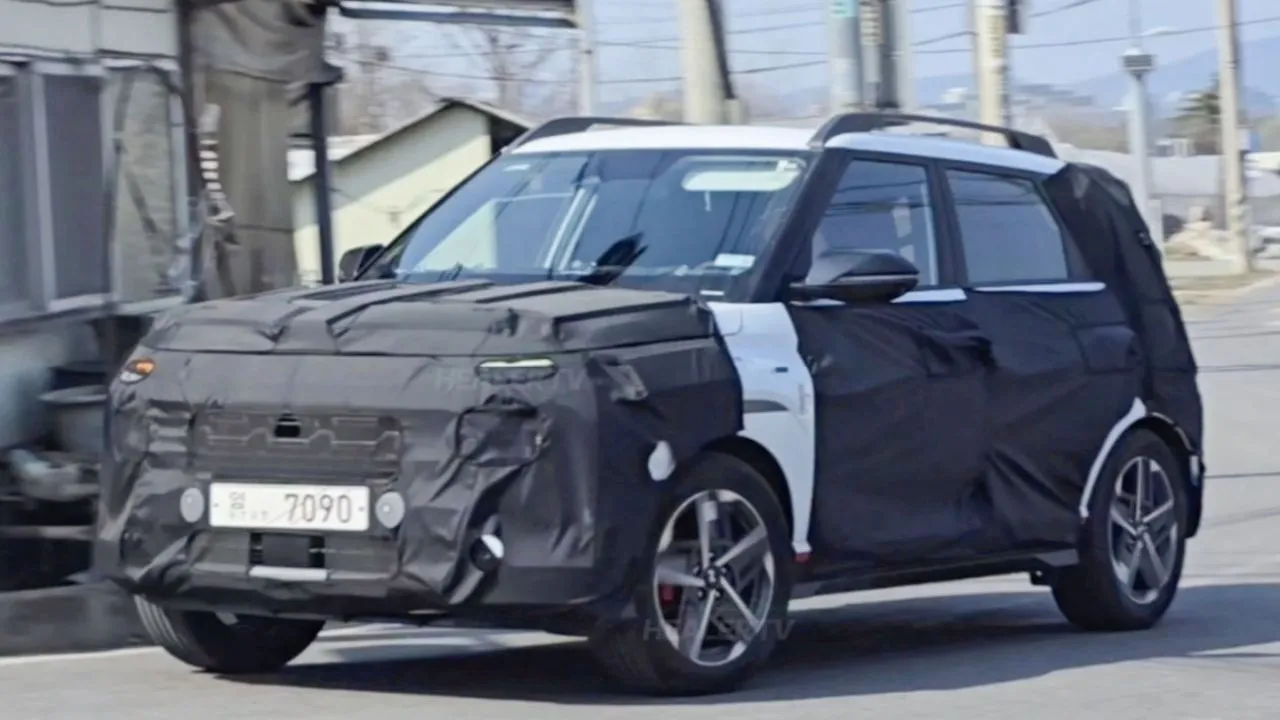

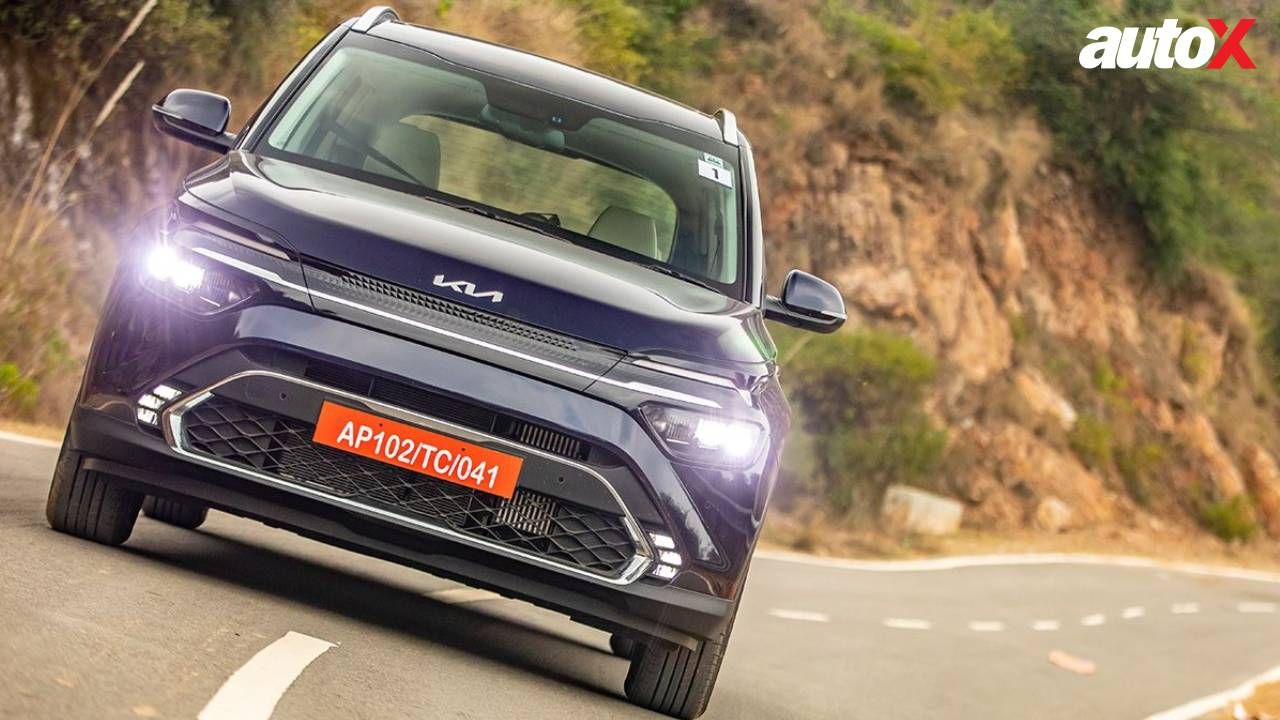
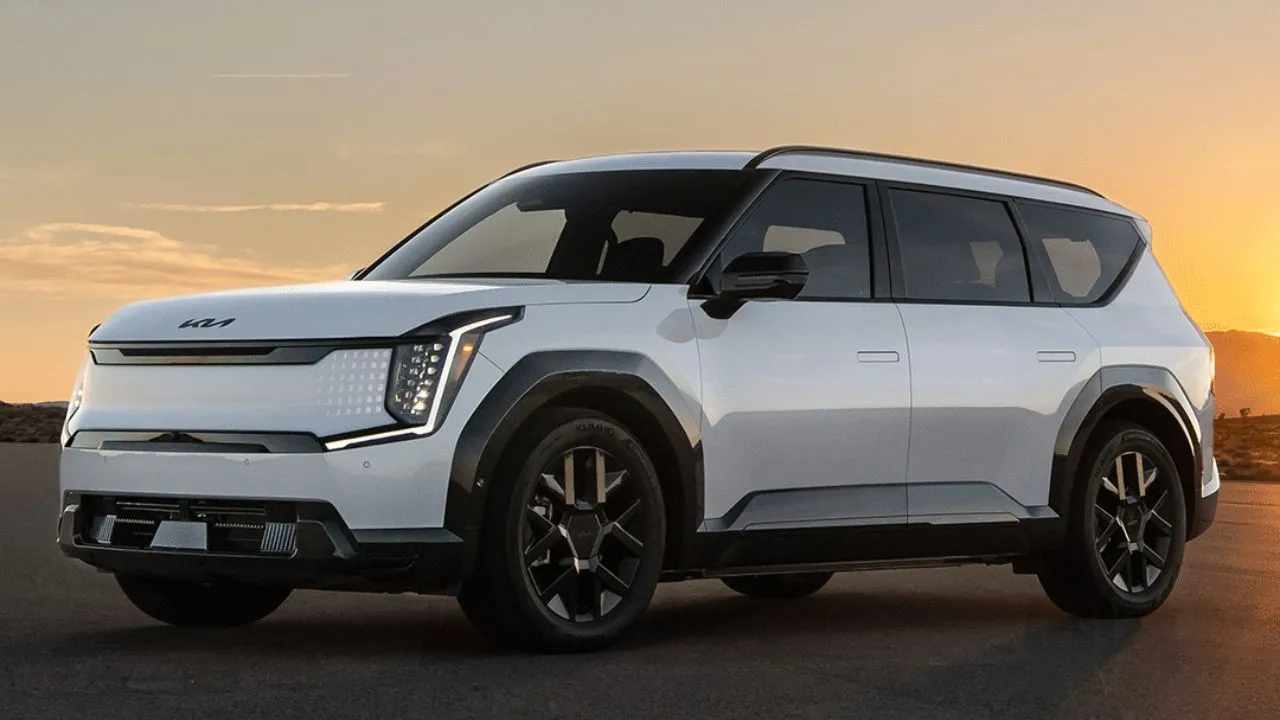
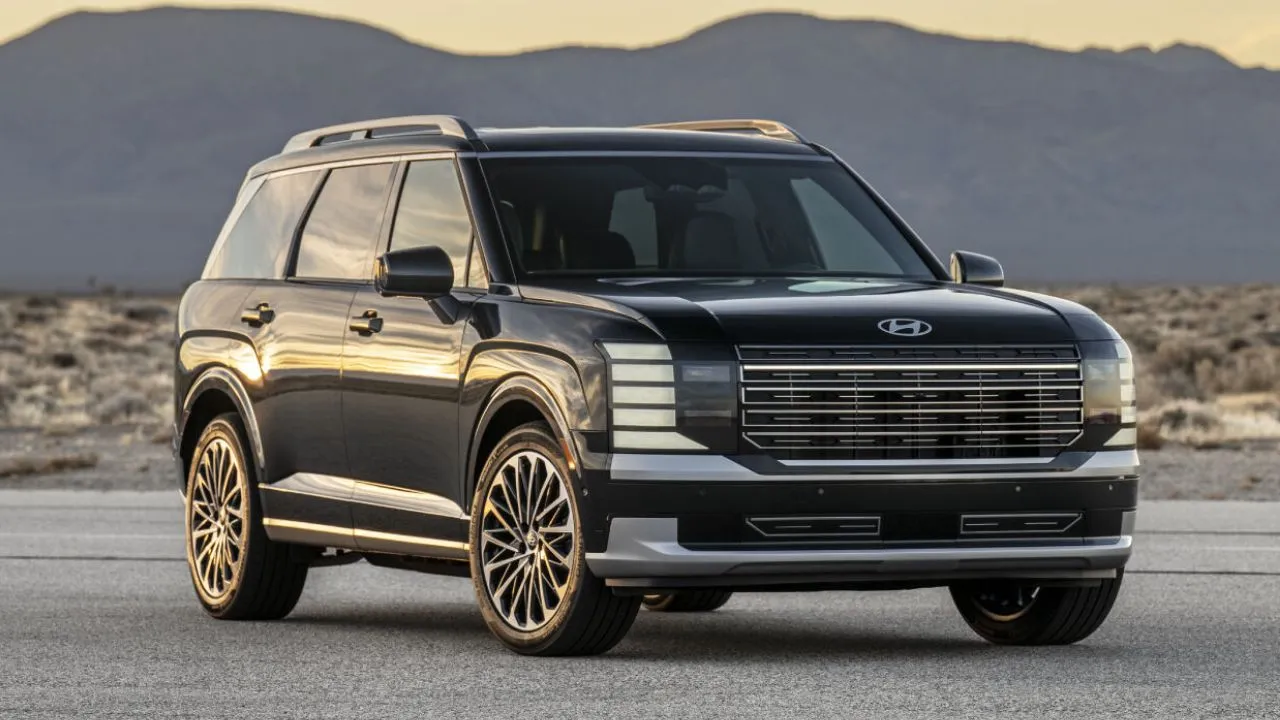
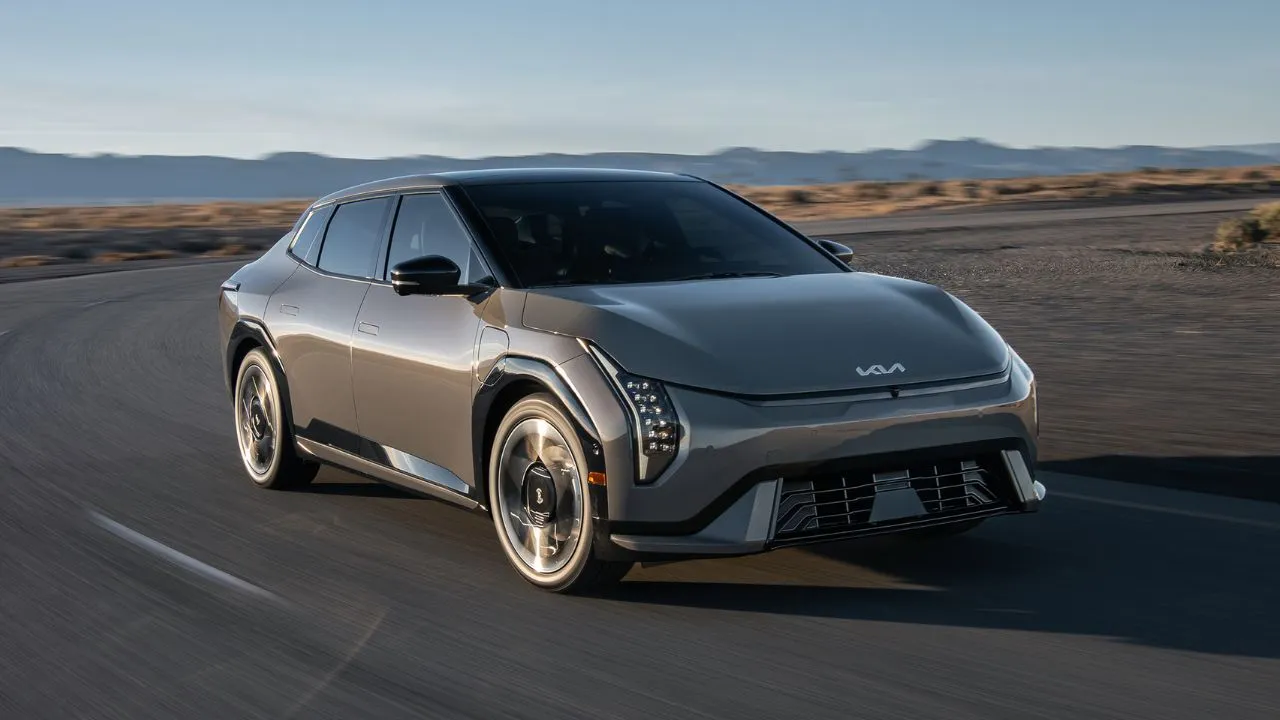


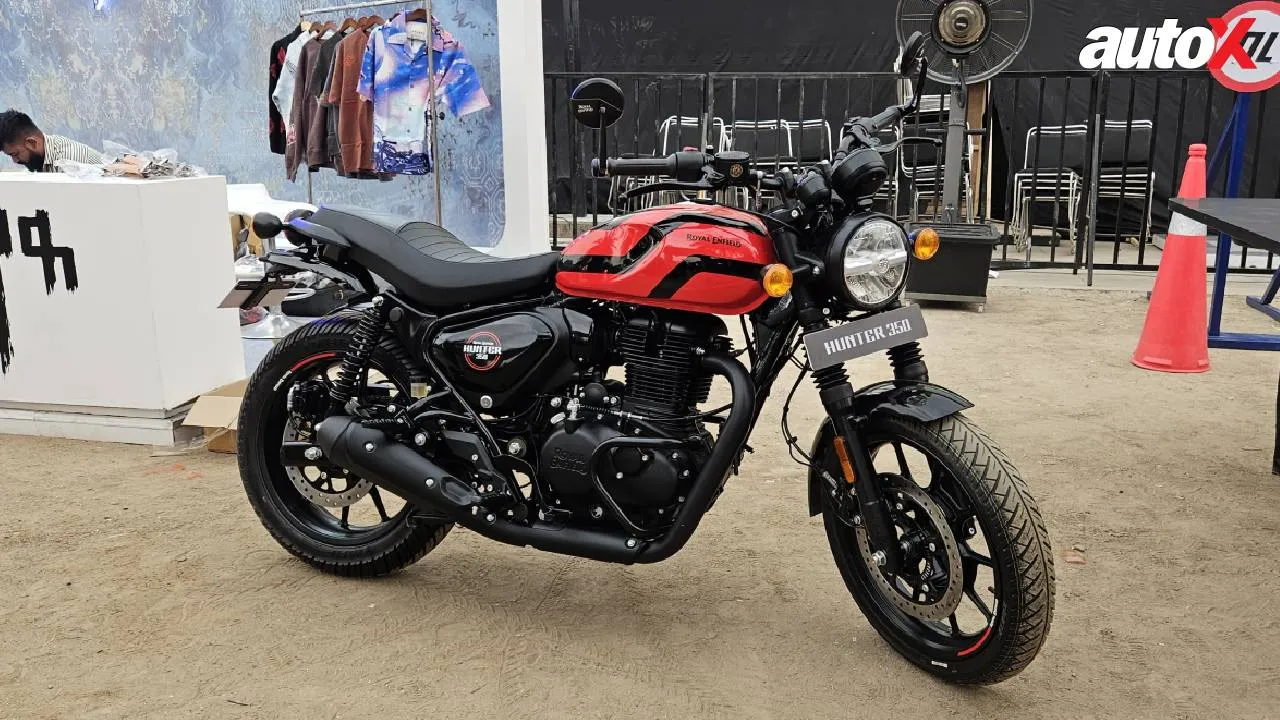
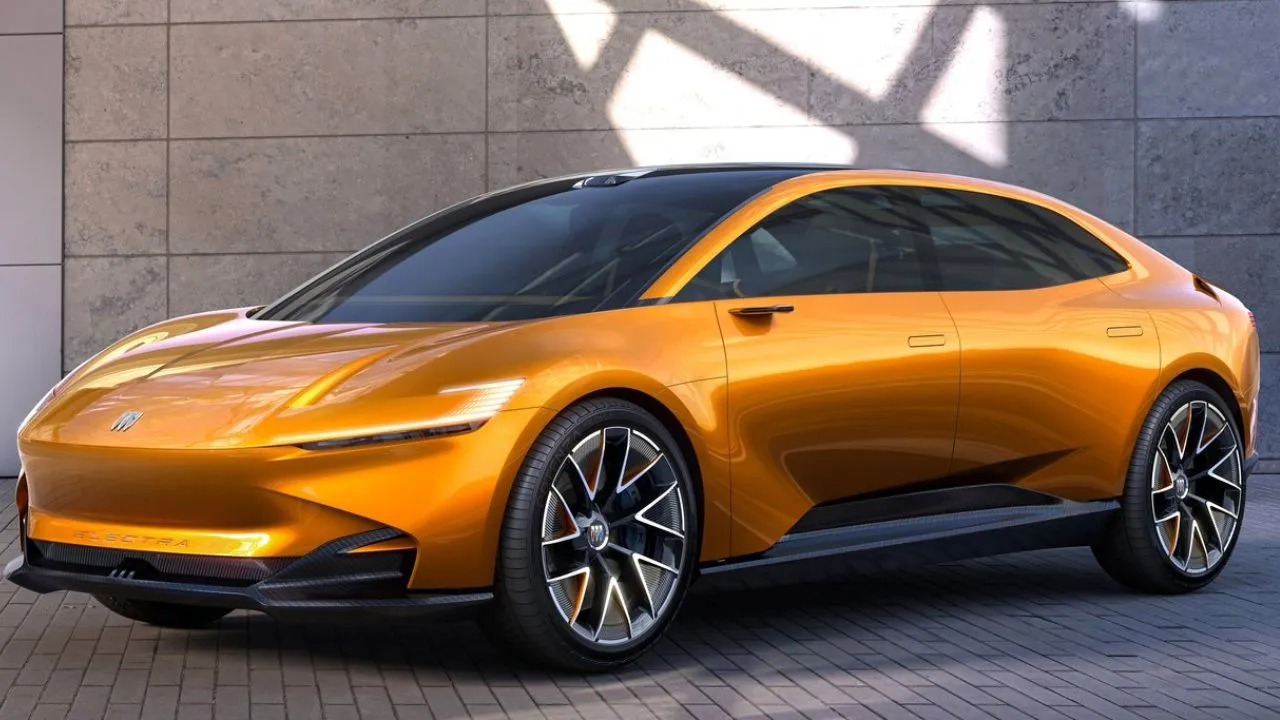














Write your Comment on